Affiliate links on Android Authority may earn us a commission. Learn more.
Google Pixel XL vs Apple iPhone 7 Plus
Published onJune 8, 2017
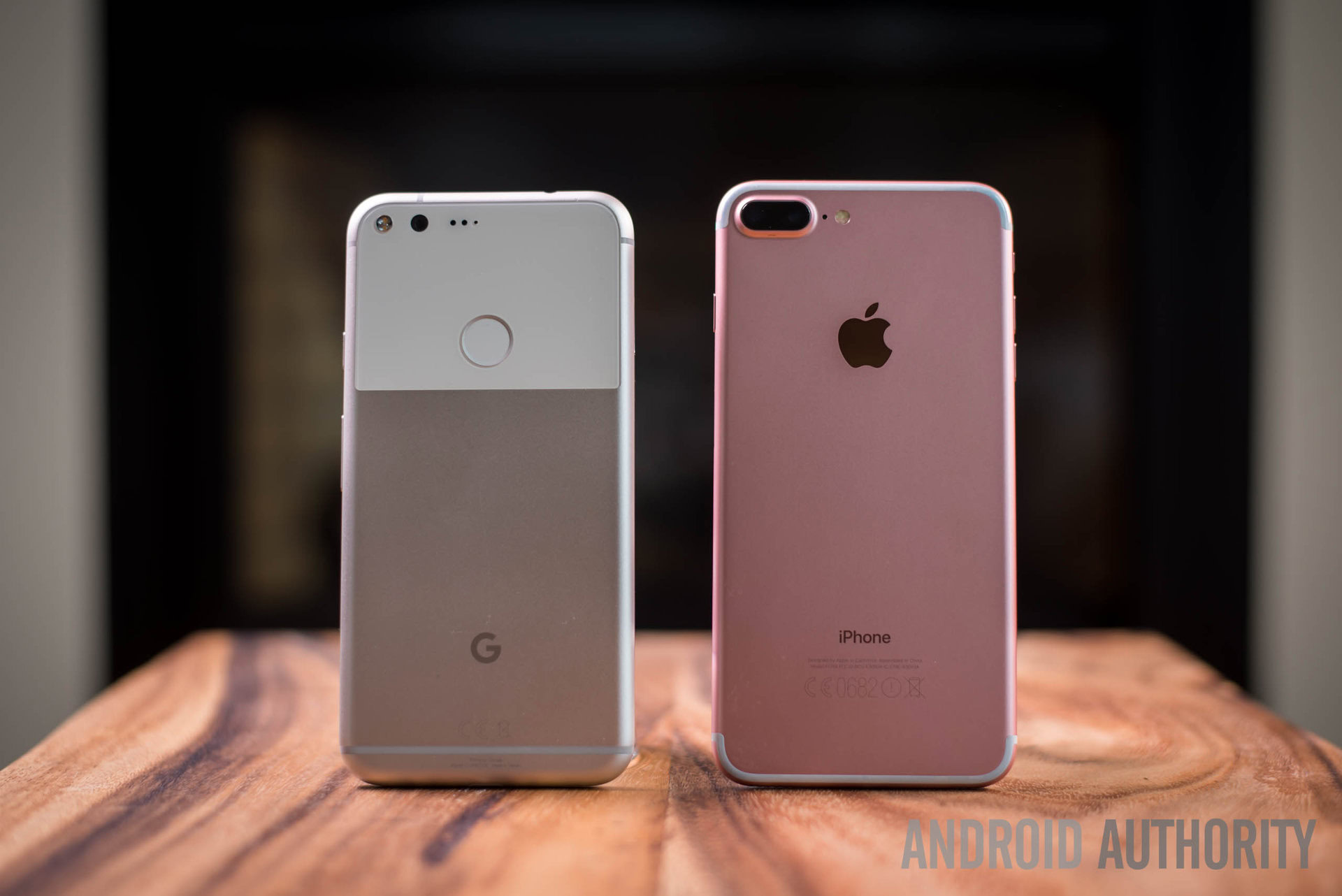
While the Google Pixel XL and Apple iPhone 7 Plus are far from new devices, they are both important flagships for their respective companies. For iOS fans, the iPhone 7 and iPhone 7 Plus represent the very best of what Apple has to offer. For Google, the Pixel and Pixel XL showcase what a premium, stock Android phone is truly capable of.
Of course we are talking about Apples to Oranges Androids here. While the iPhone 7 Plus and Pixel XL share some similarities, they are quite different from one another in a lot of ways. While we might be late to the game, with the summer slow taking hold, we thought it would be a perfect time to revisit some of the major flagships currently on the market.
In this post, we’ll compare the two smartphones in terms of specs, design, software, price, and more. We’ll take a closer look at what exactly sets them apart, so you’ll have a better idea of which device might be better for you.
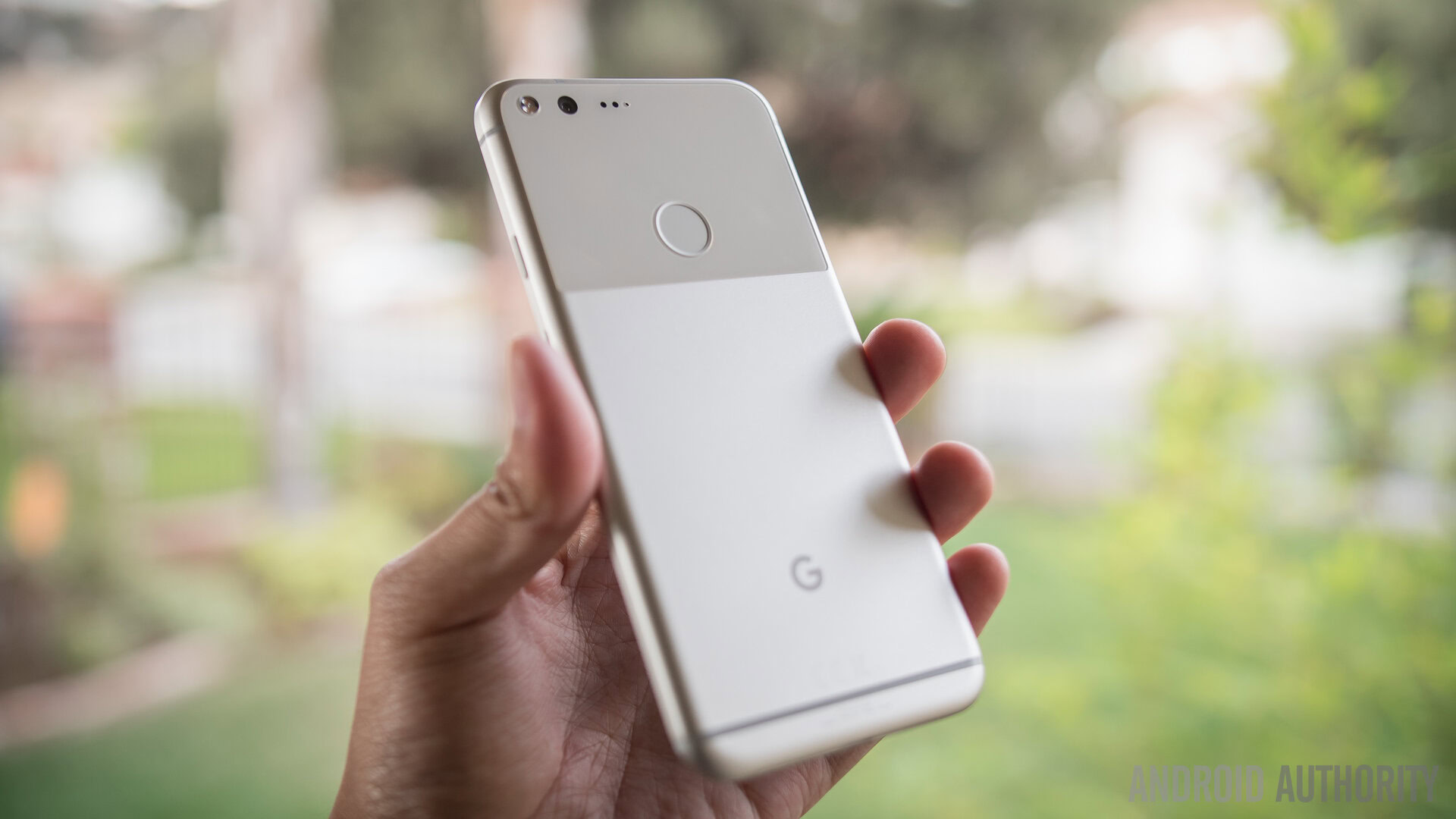
Design
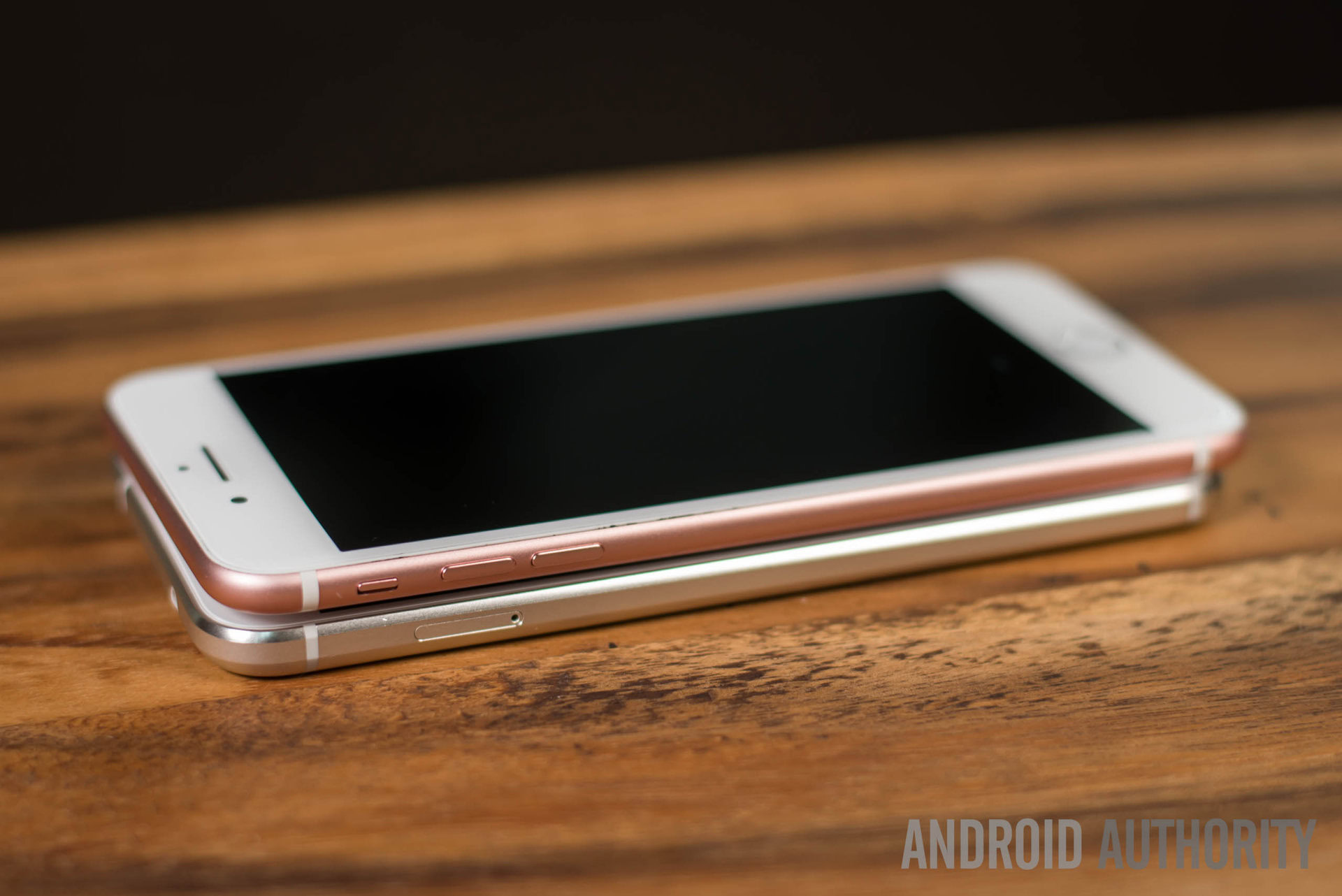
Although the Pixel XL and iPhone 7 Plus look quite a bit different from one another (especially the back), they both have a very minimalistic and simple design. Google’s smartphone has a metal body with the addition of a small glass window on the back, which gives it a little bit more character. Despite this, Google has played it safe when it comes to design, as the Pixel XL doesn’t really stand out from the crowd. This isn’t necessarily a bad thing, as design is very subjective, but it’s still something that’s worth pointing out.
Apple’s flagship also has a metal body and looks more or less the same as the previous two iPhone generations, with some minor differences here and there. It’s not the most compact device you can get, as in addition to its 5.5-inch screen it also has quite large bezels on the top and at the bottom, which might make the device a bit difficult to hold and use if you have smaller hands.
The bezels on the Pixel XL aren’t small either, and they definitely can’t compare to those of the Samsung Galaxy S8, for example. However, they are a little bit smaller than those of the iPhone.
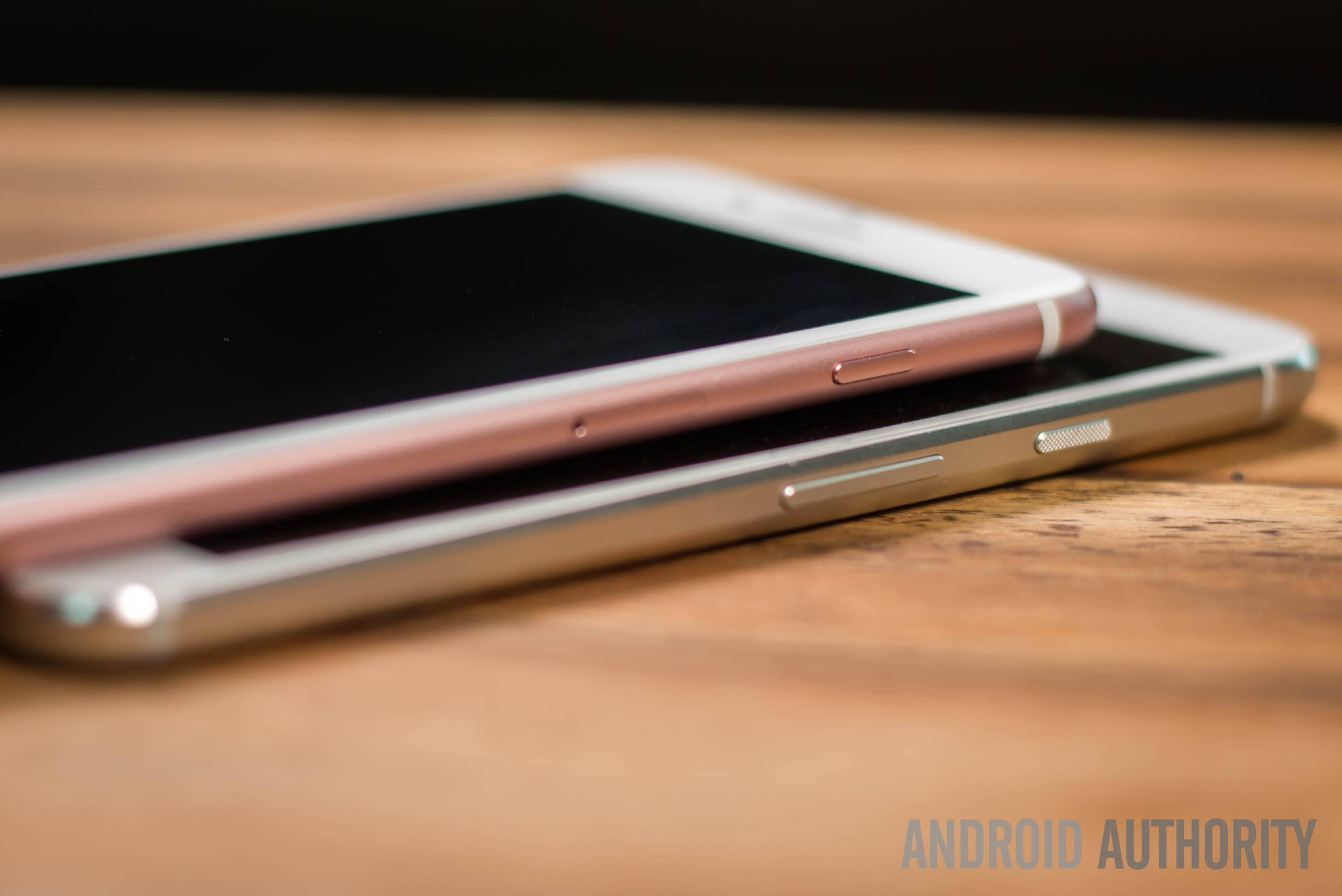
A big difference between the two smartphones is the position of the fingerprint scanner. The Pixel XL has it on the back, while the iPhone has it on the front, below the screen. It’s impossible to say what is better in this case, as we all have a different opinion on this topic. Personally, I prefer a front-mounted fingerprint scanner just because it’s easier to unlock the device while it’s on a table. That way, I don’t have to pick it up every time I want to quickly check something. But hey, that’s just me.
Moving on to the color options, the iPhone 7 is available in a total of six different colors. You can get the device in Jet Black, Black, Silver, Gold, and Rose Gold. There’s also a special edition of the smartphone available that comes in red. The Pixel XL, on the other hand, can be yours in three color options. These include Very Silver and Quite Black as well as the limited edition Really Blue, which currently isn’t available on Google’s online store.
There’s no real winner when it comes to design. As already mentioned, this topic is subjective, so you’ll have to decide for yourself which one looks better. You can check out more images of both devices in the gallery below.
Camera
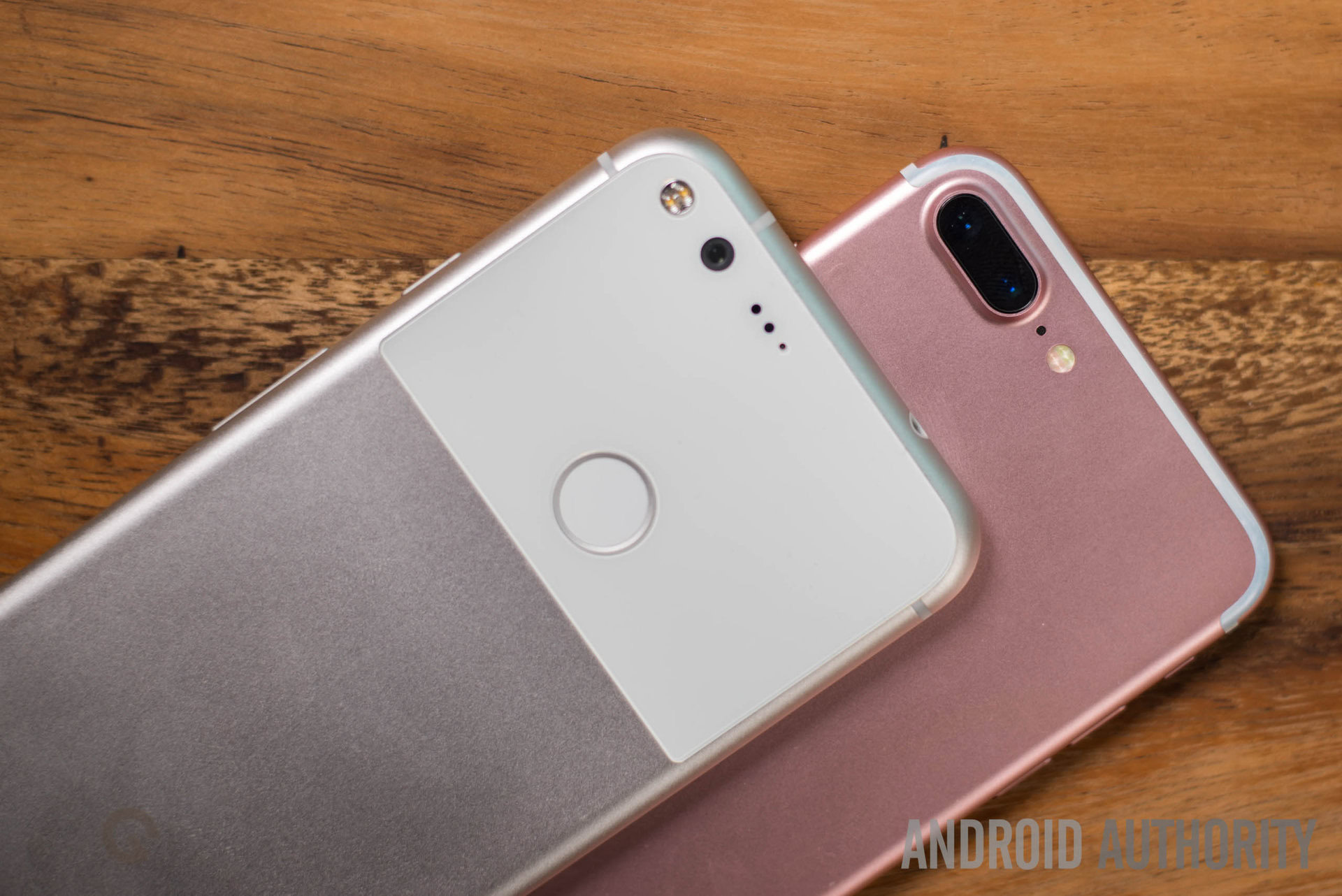
The camera is one of the main selling points of the Pixel XL. The device features a 12.3 MP sensor with an f/2.0 aperture, 1.55µm pixel size, electronic image stabilization, and dual-LED flash. When Google took the wraps off the Pixel XL, it actually said that it features the best camera you can get on a smartphone. These claims were later also confirmed by DxO, which gave the camera the highest DxOMark rating at the time with a score of 89.
However, it‘s worth pointing out that Google has since dropped down to second place, as DxO gave a higher score (90) to the HTC U11 a few weeks ago.
Pixel XL camera samples
Just like the Pixel XL, the iPhone 7 Plus also has a great camera. Unlike its rival, it features a dual-camera setup on the back. The smartphone is equipped with a 12 MP main camera with an f/1.8 aperture, 1.22μm pixel size, phase detection auto-focus, optical image stabilization, and quad-LED dual-tone flash. It also sports a secondary 12 MP 56mm telephoto lens that offers 2x optical zoom without reducing quality. Unfortunately, DxO hasn’t reviewed the iPhone 7 Plus, so we don’t have a DxOMark to share with you at this point.
Apple iPhone 7 Plus camera samples
On paper, it’s hard to decide which device is the winner in the photography department. In good lighting conditions, both smartphones can produce great looking images. However, the Pixel XL does perform better in low-light conditions, where the difference between the two is quite obvious. To see for yourself, check out the sample images taken with the Pixel XL and iPhone 7 Plus above.
Specs
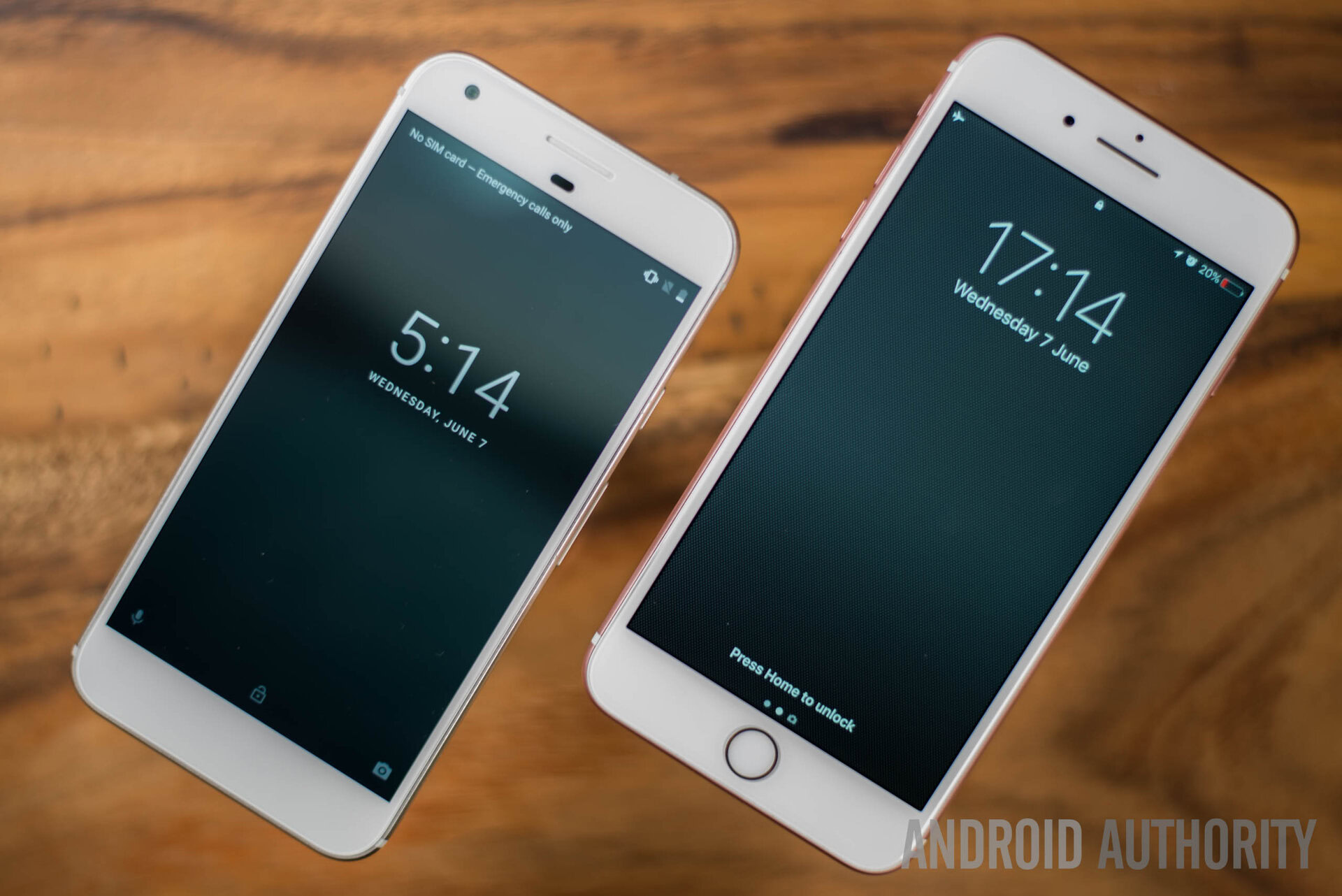
Being a flagship, the Pixel XL features high-end specs. It has a 5.5-inch AMOLED screen with QHD resolution (2560 x 1440 pixels) that’s protected against scratches by Gorilla Glass 4. The smartphone is powered by the Snapdragon 821 chipset and has 4 GB of RAM. It offers either 32 or 128 GB of storage that, unfortunately, can’t be expanded, as you won’t find a microSD slot on the Pixel XL.
The Pixel XL also sports a 3,400 mAh battery, a USB Type-C port, and an 8 MP front-facing selfie snapper. To learn more about the device’s primary camera, check out the Camera section above. The smartphone is also splash and dust resistant thanks to the IP53 rating. To be more specific, the rating means that the Pixel XL isn’t completely dust-tight but should work fine unless it’s exposed to massive amounts of it. When it comes to water, it can only handle being sprayed here and there.
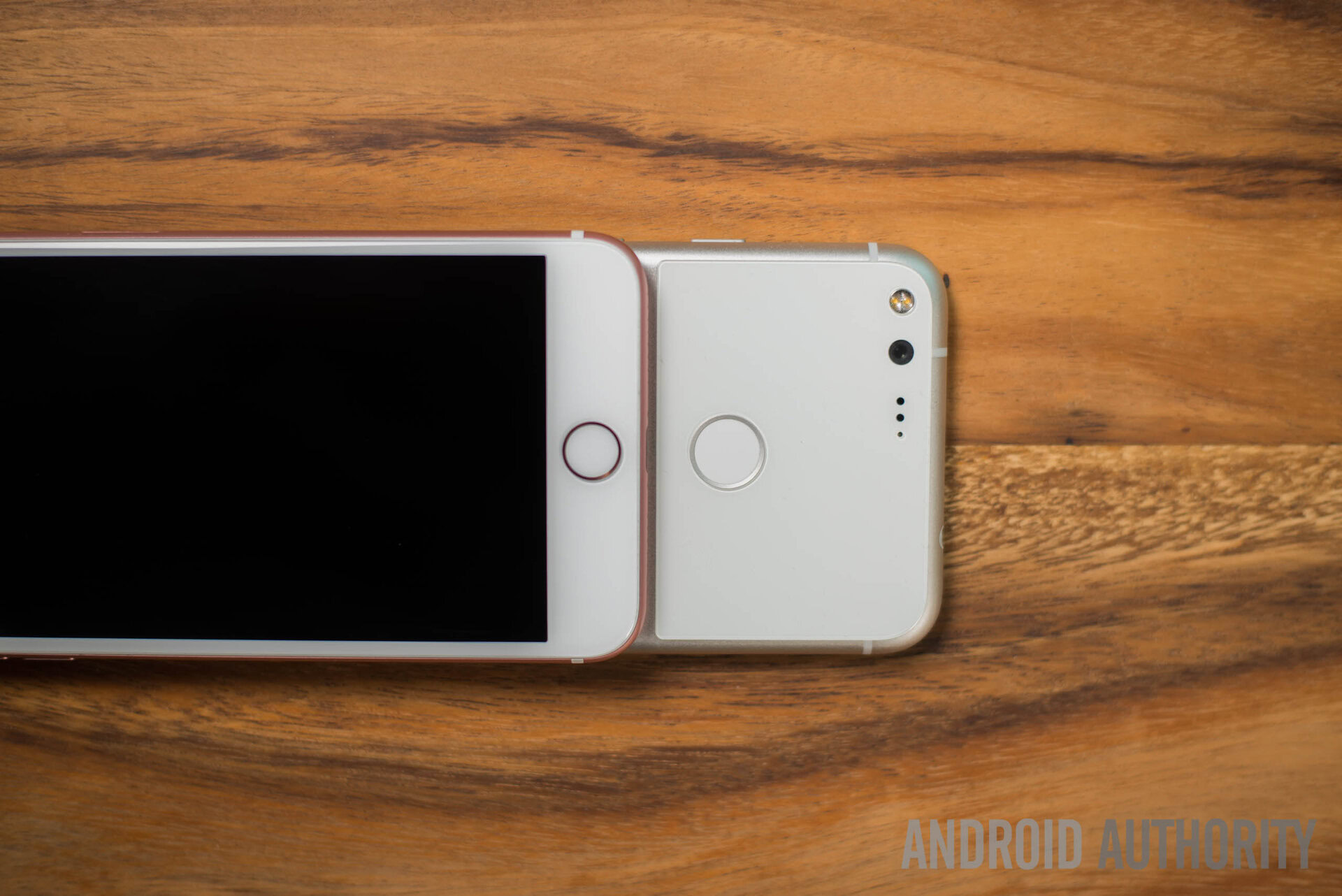
The iPhone 7 Plus has the same screen size as its rival at 5.5-inches but offers a lower resolution — Full HD (1920 x 1080 pixels). It’s powered by the A10 Fusion chipset and has 3 GB of RAM, 1 GB less than the Pixel XL. There are three storage variants available to choose from: 32, 128, and 256 GB. You’ll have to choose wisely, as the device doesn’t support expandable storage.
Although they are roughly the same size, the iPhone 7 Plus sports a smaller battery than the Pixel XL. It is non-removable and has a capacity of 2,900 mAh. However, the iPhone’s screen does have a lower resolution at Full HD, which doesn’t consume as much power as the QHD panel found on its rival.

Apple’s flagship is dust and water resistant, as it’s IP67 certified. What this means is that it’s completely dust-tight and can be submerged in up to 1 meter of water for a period of 30 minutes. A big difference between the iPhone 7 Plus and its rival is the headphone jack. The Pixel XL does have it, while you won’t find it on the iPhone. To use your pair of headphones with the device, you’ll have to plug them in with the help of an adapter, which comes included in the box. Or you could just opt for wireless Bluetooth headphones instead.
On paper, the Pixel XL beats the iPhone 7 Plus when it comes to specs. However, there’s more to this story, since Apple controls both the software and hardware experience and doesn’t have to make its software work with tons of phone models — unlike Android. That means that Apple’s phone can perform just as well – or arguably better, depending on who you ask – despite having worse specs on paper.
Ultimately, both are high-end devices and should handle just about anything you throw at them. The iPhone offers more protection based on its IP67 rating but doesn’t have the headphone jack, which might be a deal breaker for some.
| Pixel XL | Apple iPhone 7 Plus | |
|---|---|---|
Display | Pixel XL 5.5-inch AMOLED display Quad HD resolution, 534 ppi | Apple iPhone 7 Plus 5.5-inch LED-backlit IPS LCD display Full HD resolution, 401 ppi |
Processor | Pixel XL 2.15 GHz Qualcomm Snapdragon 821 processor Adreno 530 GPU | Apple iPhone 7 Plus 2.34 GHz Apple A10 Fusion processor PowerVR Series7XT Plus |
RAM | Pixel XL 4 GB | Apple iPhone 7 Plus 3 GB |
Storage | Pixel XL 32/128 GB not expandable | Apple iPhone 7 Plus 32/128/256 GB not expandable |
Camera | Pixel XL 12.3 MP rear camera, f/2.0 aperture, EIS, dual LED flash 8 MP front-facing camera | Apple iPhone 7 Plus Dual 12 MP rear camera, f/1.8 aperture, OIS, quad-LED flash 7 MP front-facing camera |
Battery | Pixel XL 3,450 mAh | Apple iPhone 7 Plus 2,900 mAh |
Software | Pixel XL Android 7.1 Nougat | Apple iPhone 7 Plus iOS 10 |
Dimensions | Pixel XL 154.7 x 75.7 x 8.5 mm 168 grams | Apple iPhone 7 Plus 158.2 x 77.9 x 7.3 mm 188 grams |
Software
Software is definitely the biggest difference between the two devices. The Pixel XL ships with Android 7.1 Nougat on board, while the iPhone 7 Plus runs iOS 10. Google’s smartphone offers a stock Android experience a lot of users love. It’s easy to use and also has a ton of customization features. If you love playing around with different settings and options then Android is definitely the way to go.
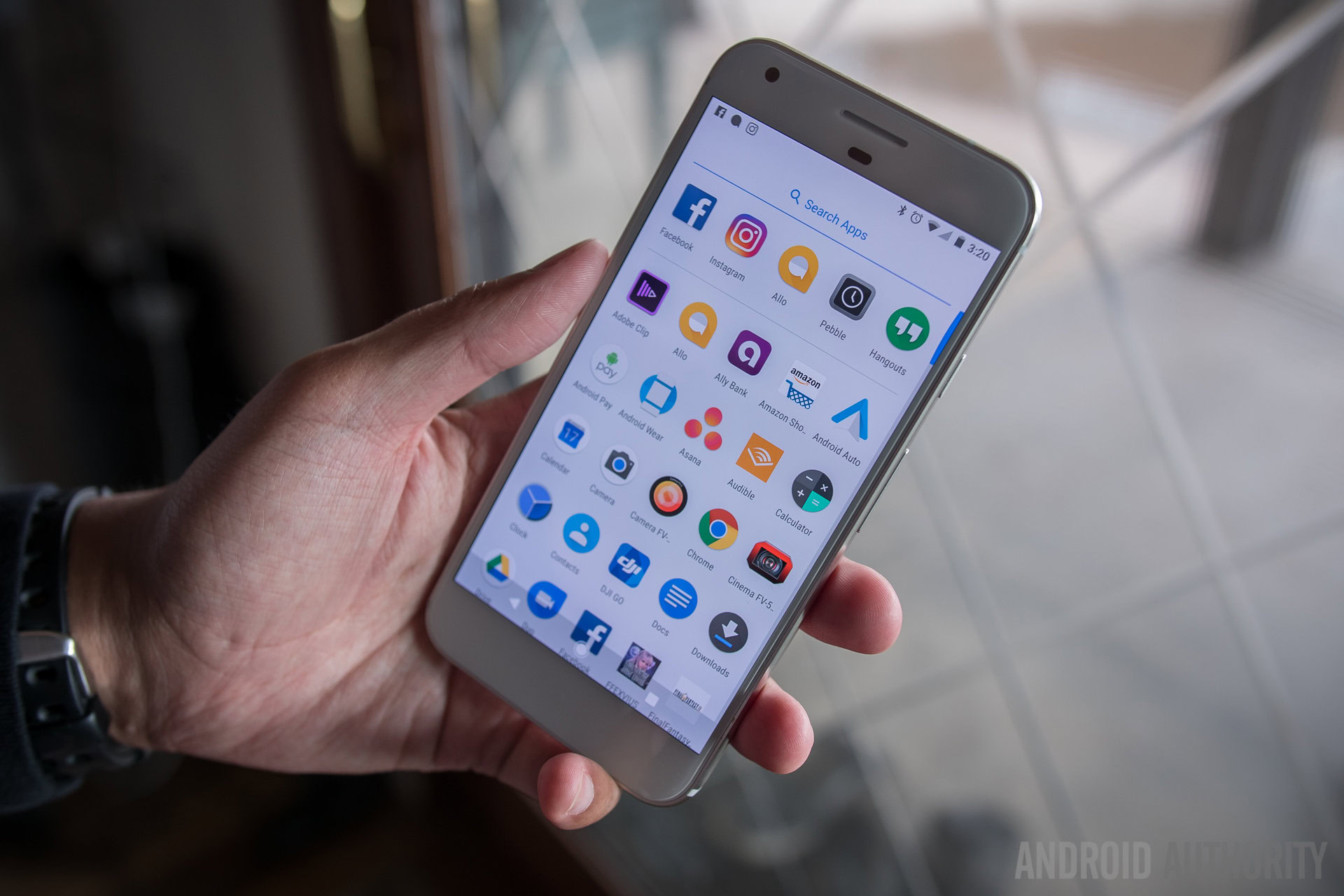
Apple’s operating system is quite different. The company’s plan has always been to make it as simple as possible to use and it has done a good job in this regard. However, by not having an app drawer, like the one you’ll find on most Android devices, things can get a bit disorganized, as all the apps are placed on the home screen. You do have the option of placing apps in folders (just like on Android), which is something that’s probably a must if you have a lot of them installed on your device.
Until recently, a big difference between Android and iOS was that the former features Google’s Assistant, while the latter has Siri on board. Both digital assistants offer quite a few similar functionalities and they allow you to interact with your device using your voice. However, during Google I/O last month, the online search giant launched Assistant for iPhones. What this means is that you now have the option of using either Google’s digital assistant or Siri (or both) on Apple’s smartphones.
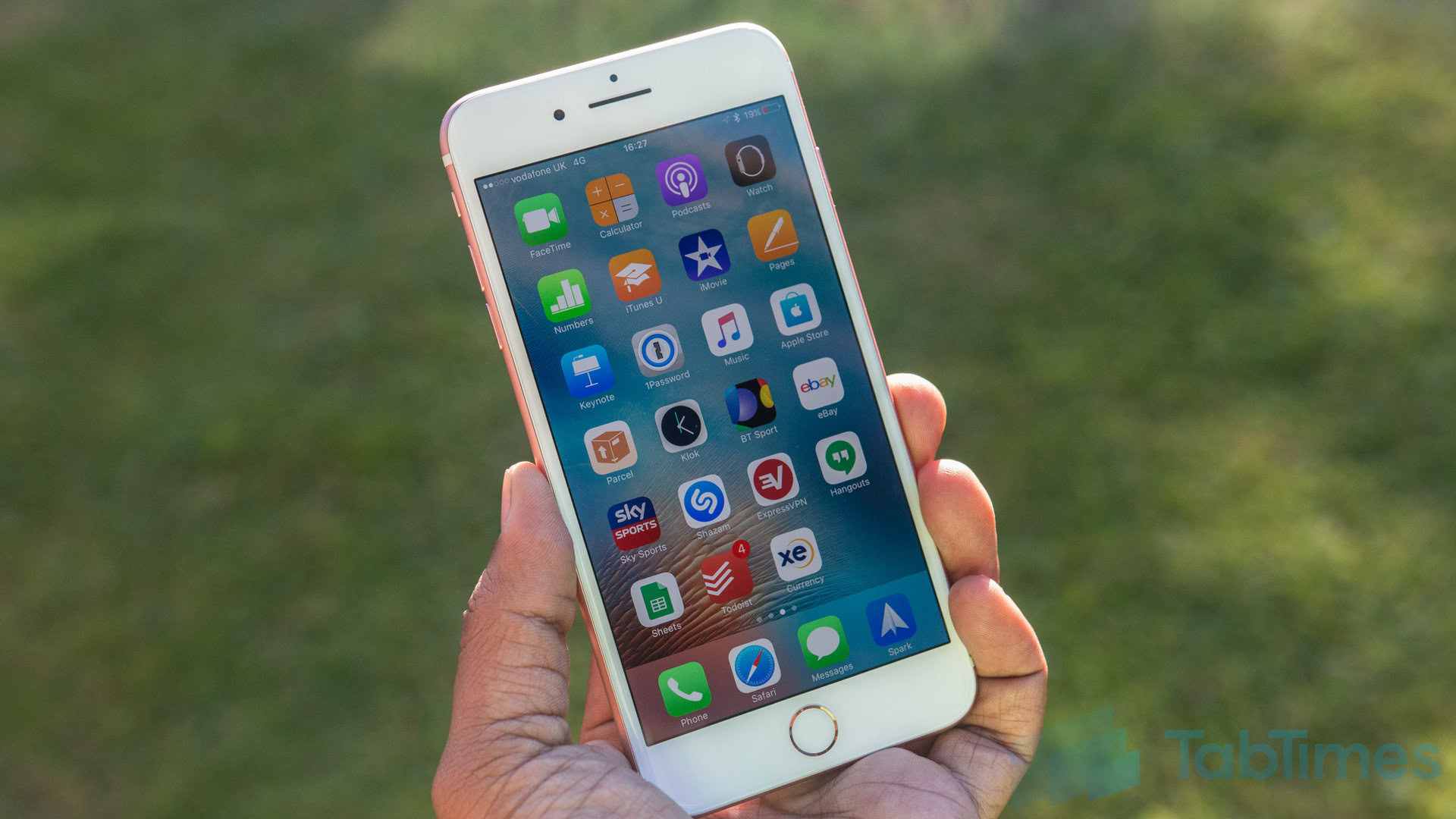
The battle between which is better, Android or iOS, has been a hot topic for a while now. They are different in a lot of ways, so it’s almost impossible to say which one comes out on top. That’s a decision you’ll have to make on your own. But the fact remains that Android does offer more options and features for you to play around with, which is something a lot of users do appreciate. iOS, on the other hand, is all about simplicity.
Final thoughts
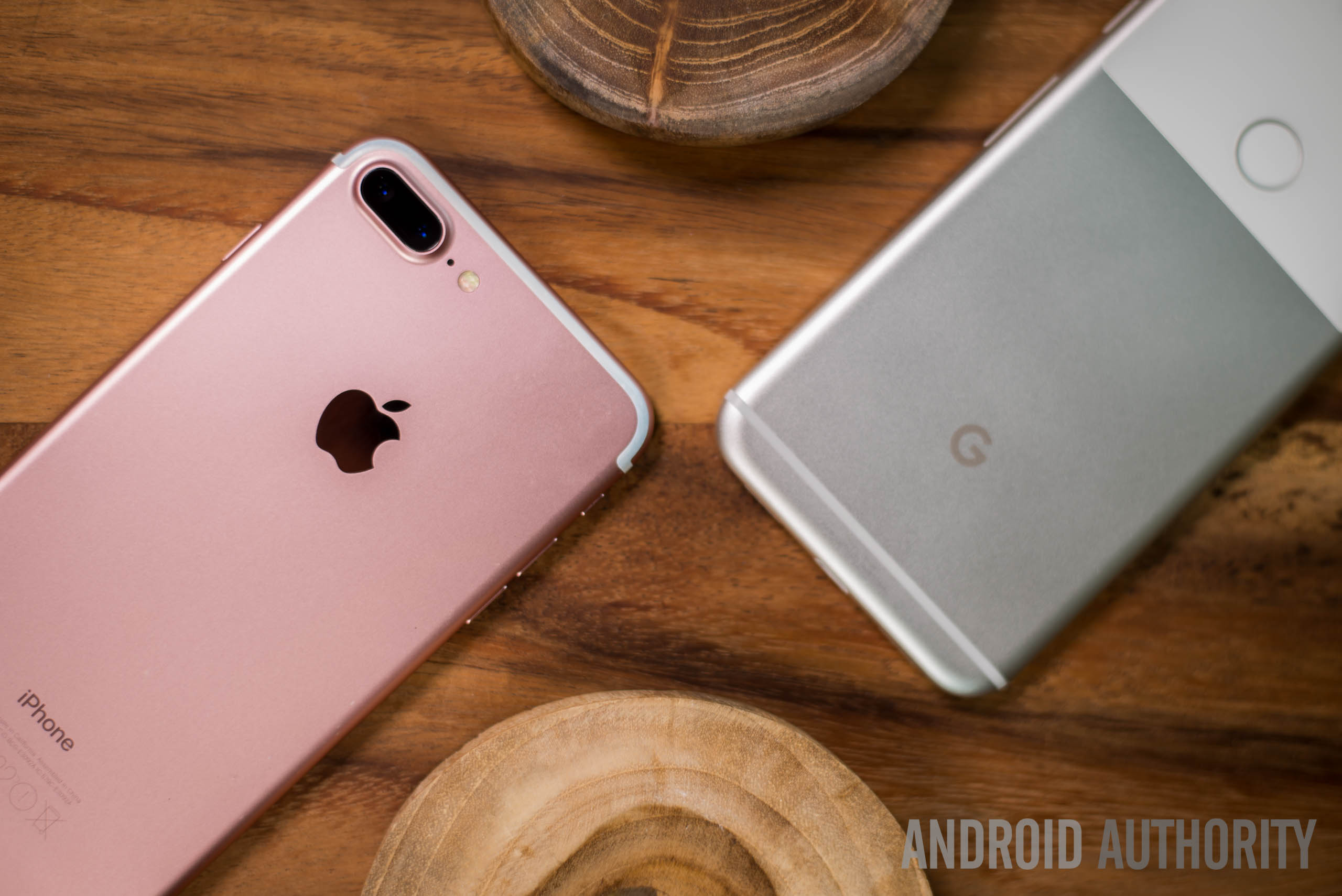
Both the Pixel XL and iPhone 7 Plus are, without a doubt, great smartphones. The Pixel XL offers a bit more in terms of specs, has a headphone jack, and a better camera, at least when it comes to low-light performance. The iPhone, on the other hand, offers more protection thanks to the IP67 rating and comes equipped with a dual-camera setup with 2x optical zoom.
So, which device should you get? Well, that’s a question you’ll have to answer for yourself. We personally prefer the Pixel XL, as it offers more bang for the buck and obviously runs Android, which just brings more to the table when compared to iOS.
[related_videos align=”center” type=”latest” videosnum=”4″]
Which one do you prefer? Would you rather get the Pixel XL or the iPhone 7 Plus? Share your thoughts with us in the comment section below.